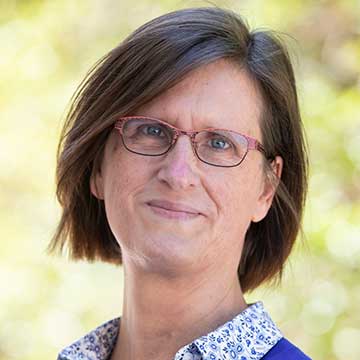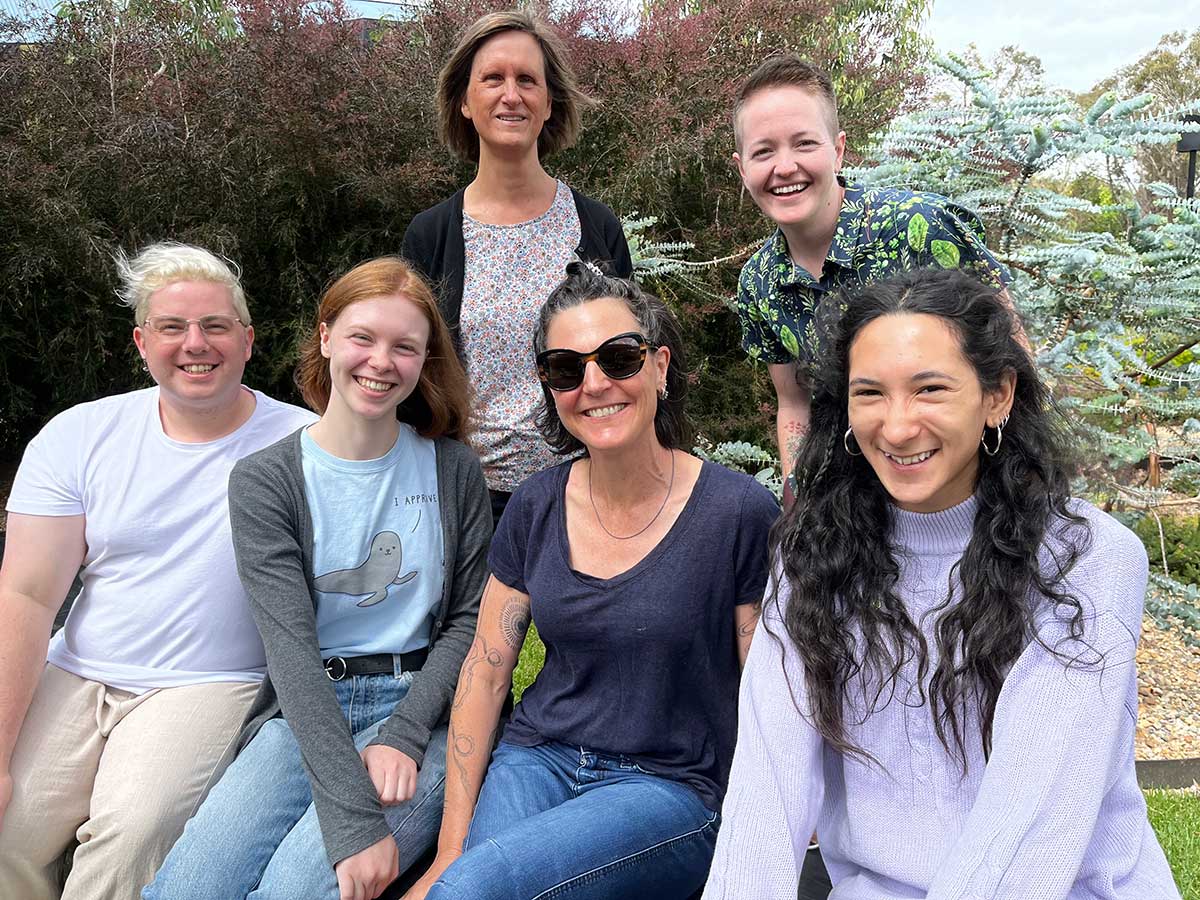In 2022, the National Museum of Australia embarked on an exciting partnership with the Humanities Research Centre at the Australian National University (ANU) to offer a summer scholars program.
The aim of the scholarships is to foster talent and develop skills and enthusiasm in early career scholars for future work in the humanities and museum sector.
2023 summer scholars
In January 2023, the inaugural co-sponsored summer scholars program invited four brilliant young students to gather in Canberra to learn and work at the ANU and the Museum.
From a competitive field we selected Evelyn Lambeth from Tasmania, Jade Croft from Queensland, Emily Tomlinson from Victoria, now studying at the ANU, and Samuel Farr who is from New Zealand but is studying at the ANU. Scholarship recipients were either in their final year of undergraduate studies or completing postgraduate degrees.
Evelyn, Jade, Emily and Sam came to Canberra with an abundance of talent and enthusiasm. In six short weeks they identified and developed projects relating to the humanities and to the programs, collections and exhibitions of the Museum. With guidance from professionals across the two partner institutions, they were able to quickly identify areas of interest and interrogate familiar topics in innovative ways.
The scholars showcased their projects at a final presentation, held in the Museum's Visions Theatre and attended by staff from the ANU and the Museum along with visitors. The high quality of their work spoke to how the program had enriched and inspired them.
Evelyn Lambeth
The political dimension of wheat
Evelyn’s work centred on the development of the wheat industry in Australia. Drawing on Museum programs and collections, such as the Cultural Dimensions of Salinity collection, Evelyn talked about the damage done to fragile Australian soils with the introduction of European wheat species and the technology needed to make it thrive.
She looked at the work of Indigenous farmers like Bruce Pascoe, who is committed to developing native grasses and seeds for commercial production. She writes that it is incumbent on museums such as ours to tell the full story of post-colonial industry, its impact on First Nations communities and on the land on which we all depend.
Jade Croft
Climate change in the Torres Strait
Jade’s work was a deeply personal look at collections relating to her Torres Strait Islander heritage. She examined the beautiful masks made by Badu Island artist, Alick Tipoti, and looked at what they said about Torres Strait Islander culture, connection to land and sea, and the devastating impacts of climate change that threaten them.
Like Evelyn, Jade sees the Museum as having an important role in changing the narrative around climate change and its impacts on First Nations communities. She says museums can aim ‘to create a sense of agency and responsibility in visitors. Museums are the ideal platform to combine science, culture and policy to begin building the full picture of the environmental and sociocultural challenges of climate change’.
Emily Tomlinson
Art as activism
Emily is a Yuin woman who, like Jade, centred her work on First Nations artists and the important role that museums have in truth-telling through their collections. She used the works of Gordon Syron, Sally Morgan and Jack Green to interrogate the impacts of colonisation on First Nations communities.
Museums have an important role, she says, in truth-telling through these works and in encouraging dialogue among visitors, as well as bringing new audiences into these public spaces to think about First Nations concerns in different ways.
Samuel Farr
An LGBTQI+ focus
Our fourth student, Sam, focused on the Museum’s recent interest in LGBTQI+ collections through a newly endorsed Priority Collecting Project (PCP). His work has provided rich material for the PCP by unearthing stories of Queer men and women whose activism led to gradual changes in the laws that governed their lives.
Future summer scholars
The benefits to the ANU and the Museum in fostering and mentoring such talent are clear. I am working with Humanities Research Centre Director, Kylie Message-Jones, to ensure its continuation. Together, we wish our first cohort all the very best in what we’re sure will be wonderful careers.
Explore related content
In our collection
You may also like

